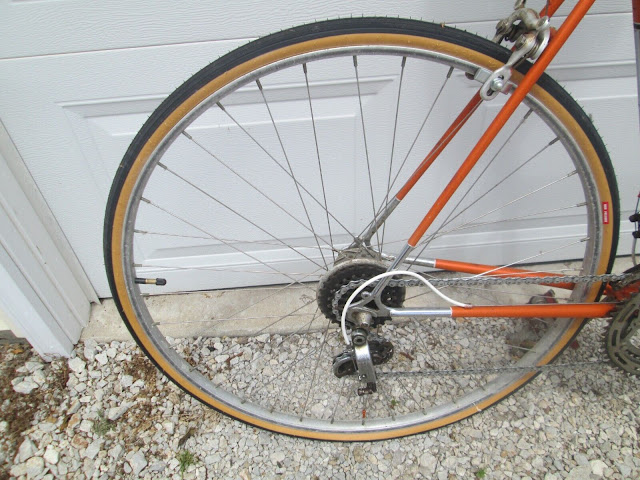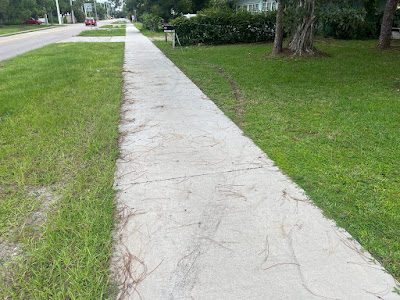Really, I wasn't looking for this:
Really! I'd forgotten about it until I came across it on eBay. I typed "SunTour 25"--I was looking for a 25 tooth SunTour freewheel cog--into the search bar and well, waddaya no, this image came up.
Seeing it again made me woozy with deja vu, as Kurt Vonnegut liked to say. If I recall correctly, that Bicycle Guide was published in 1985, when Americans (some, anyway) started to pay attention to bike racing. The year before, in Los Angeles, Olympic cyclists from the United States took home more medals than any other country--or, probably, than in all of the Olympiads since 1912. Those medals included golds by Alexi Grewal in the road race, Mark Gorski in the track sprint and Steve Hegg in the individual pursuit.
Women's cycling events were included for the first time, and American female riders didn't disappoint. Connie Carpenter won the gold in the road race. But the silver medalist--who was no less a rider than Connie--got the most attention. Rebecca Twigg's image, captured by Annie Liebowitz and other high-profile photographers, would be splashed, not only on cycling and sports publications, but in Vanity Fair and other fashion magazines.
Therein lay both the bait and the poison, if you will. The first edition of the women's Tour de France ran in 1984. It lasted a few years before succumbing to, among other things, a lack of sponsorships. Sometimes I think the organizers of Tour and other women's racers were trying to appeal to men, who were (and are) the vast majority of cycling fans. So, while some fans got a "sugar high," if you will, from looking at Rebecca and other female cyclists in tights or shorts, the "buzz" wore off when those fans--again, mainly male--wanted to see "real" cycling, as they still think of the NBA, and not the WNBA, as "real" basketball.
The lesson, perhaps, is this: Sex sells. But it doesn't guarantee repeat customers.
OK, I'll stop moralizing. I admit that I enjoyed the poster as much as anyone did (I mean, why not?), and not only because I was living as a presumably heterosexual male because I think almost no one (including myself) could conceive of a "man who wanted to be a woman" (which, at the time, was the accepted definition of a transgender) who was attracted to women, let alone bisexual. For that matter, it was difficult to square being a male cyclist with such feelings, which is one reason why, early in my gender-affirmation process, I thought briefly about giving up cycling.
Of course, I'm glad I didn't. (What would you do with 10 minutes of your day if you didn't have this blog to read?) Becoming a different sort of cyclist from the one I was in 1985 was all but inevitable, if for no other reason than aging. It has allowed me to savor the memories of rides I did, of mountains I climbed and cities and countrysides I crossed, as I find new ones, even on familiar rides.
Oh, and I have to admit, I grin conspiratorially to myself when I remember how I liked that poster.
I just hope that one day Rebecca Twigg will make new memories for herself on a bicycle. She hasn't ridden in years and, from what I understand, is still homeless. That's just not fair, for anyone, but especially someone who gave the pleasure and thrills to those of us who saw her race--and people like me who were fortunate enough to meet her, however briefly.
And, I admit, I wonder what Carol Addy--the woman in the poster--is doing these days.











.jpg)
.jpg)
.jpg)
.jpg)

.jpg)











.jpg)














.jpg)

